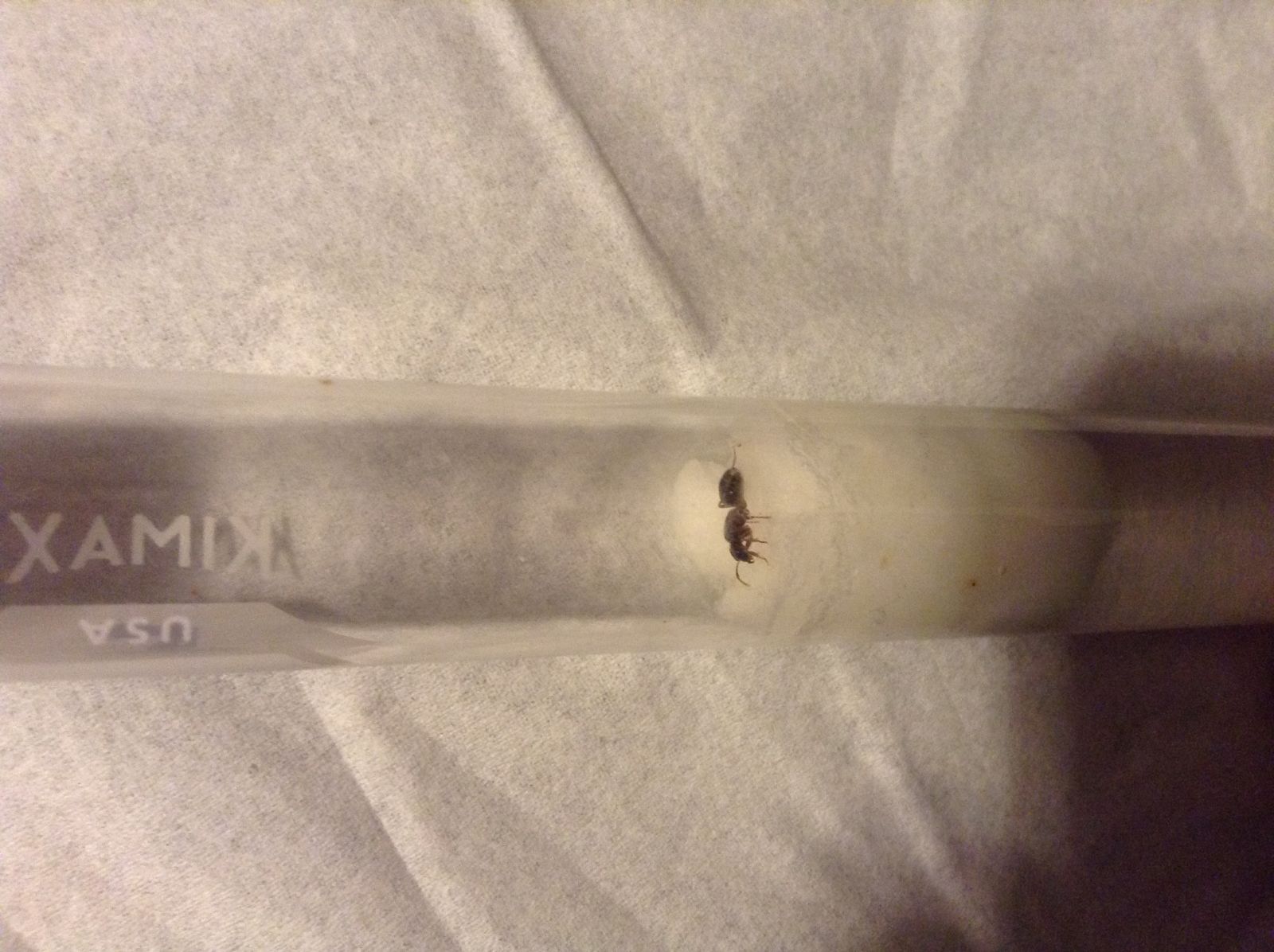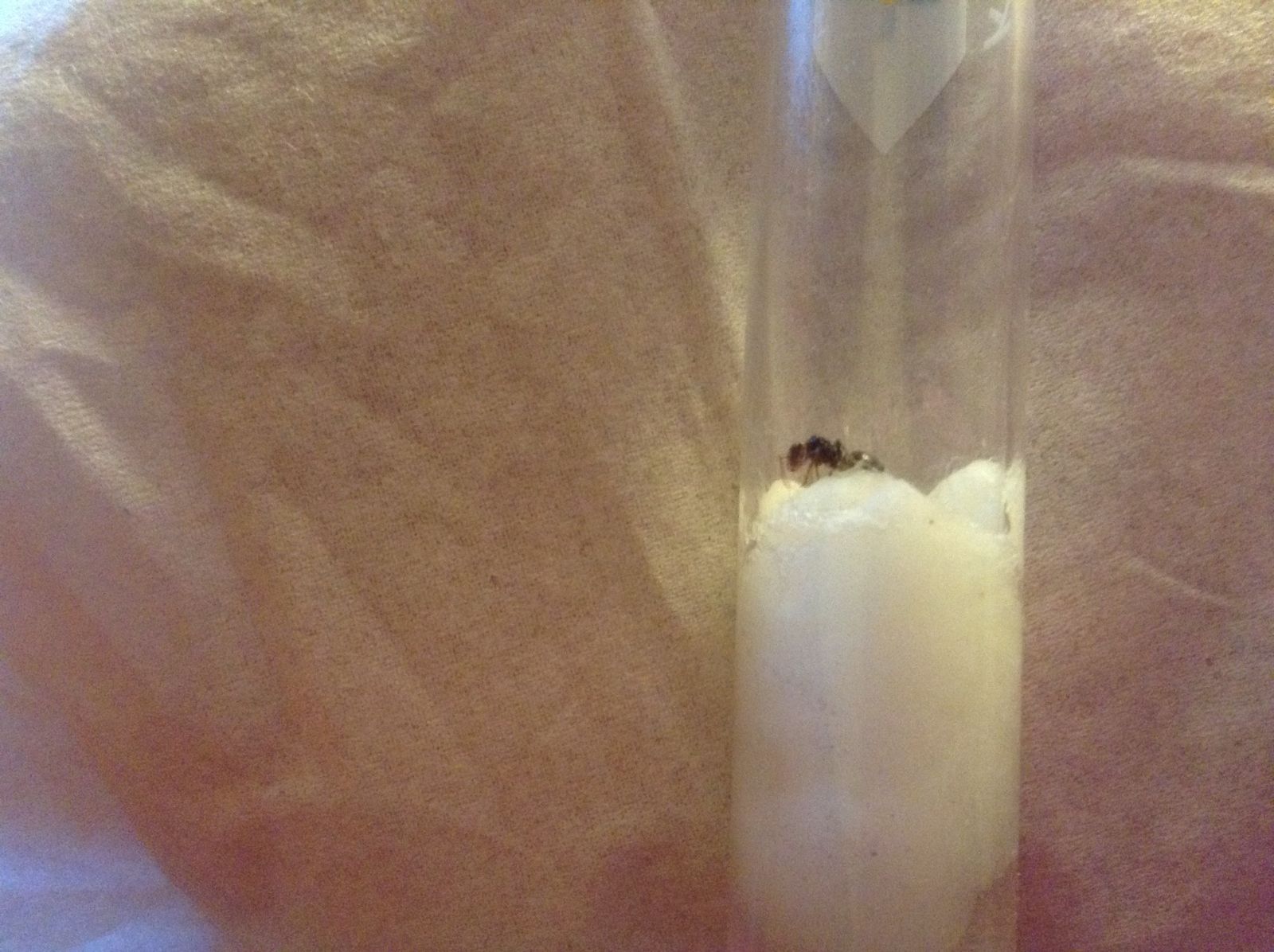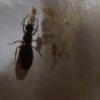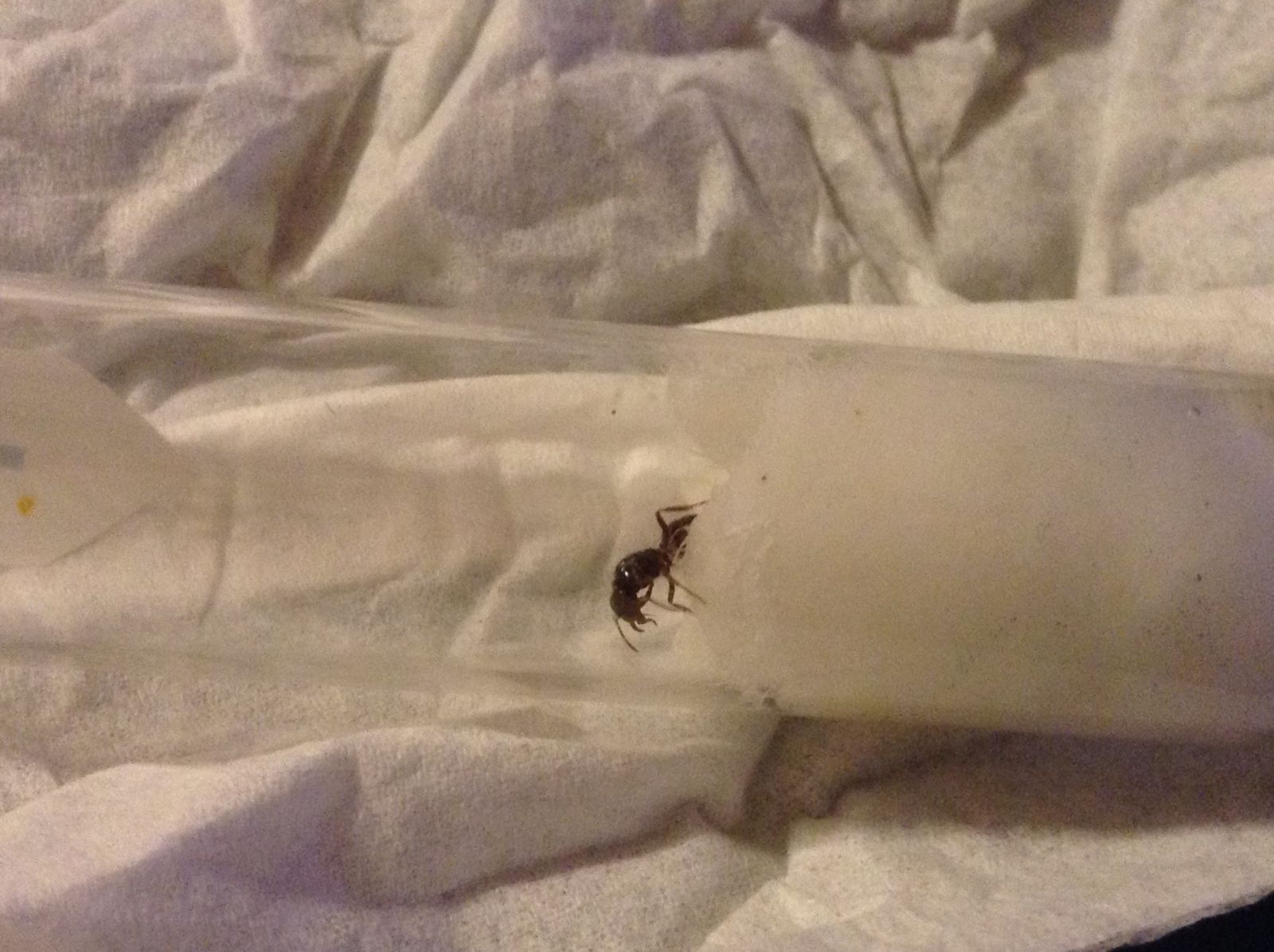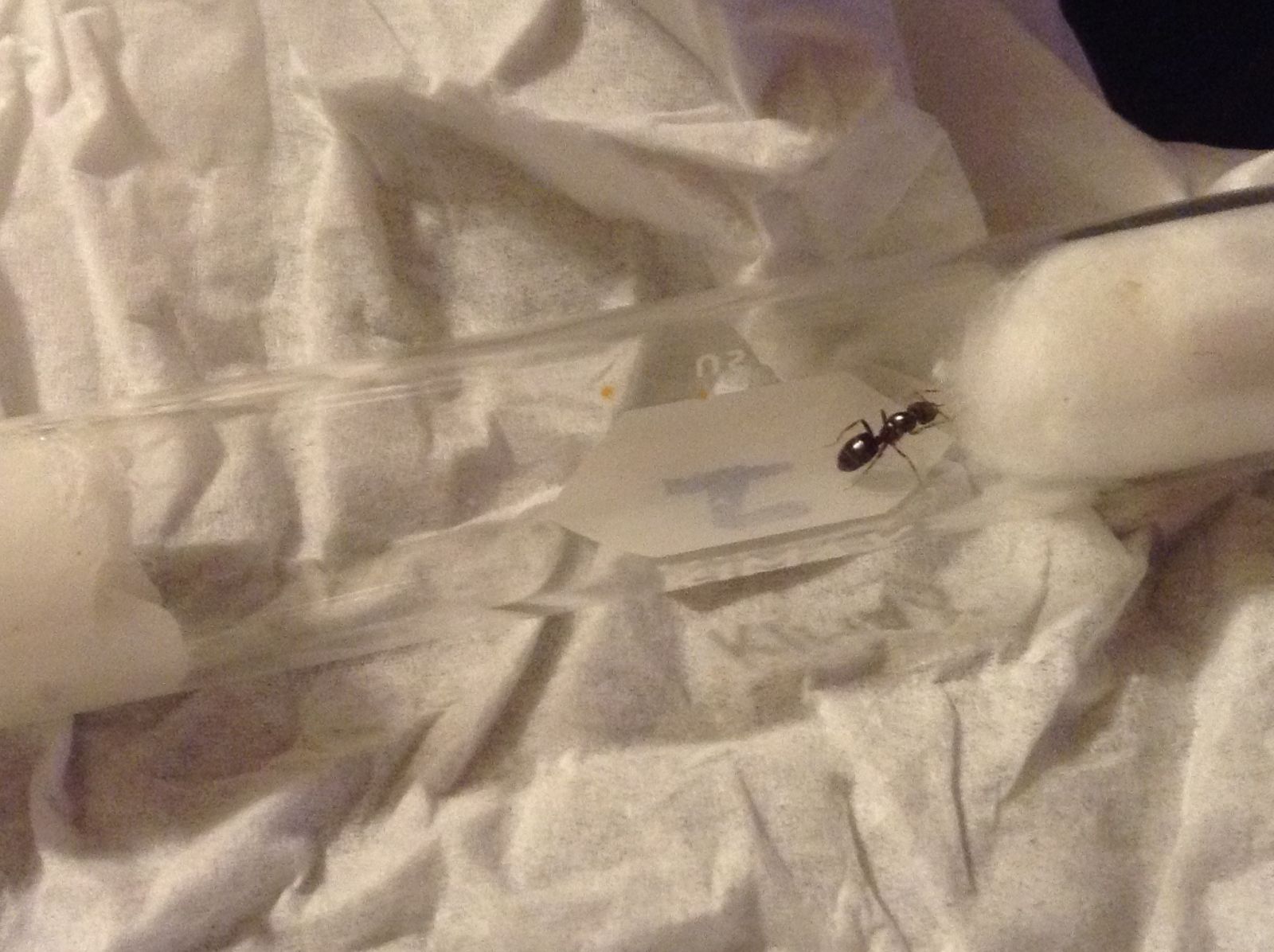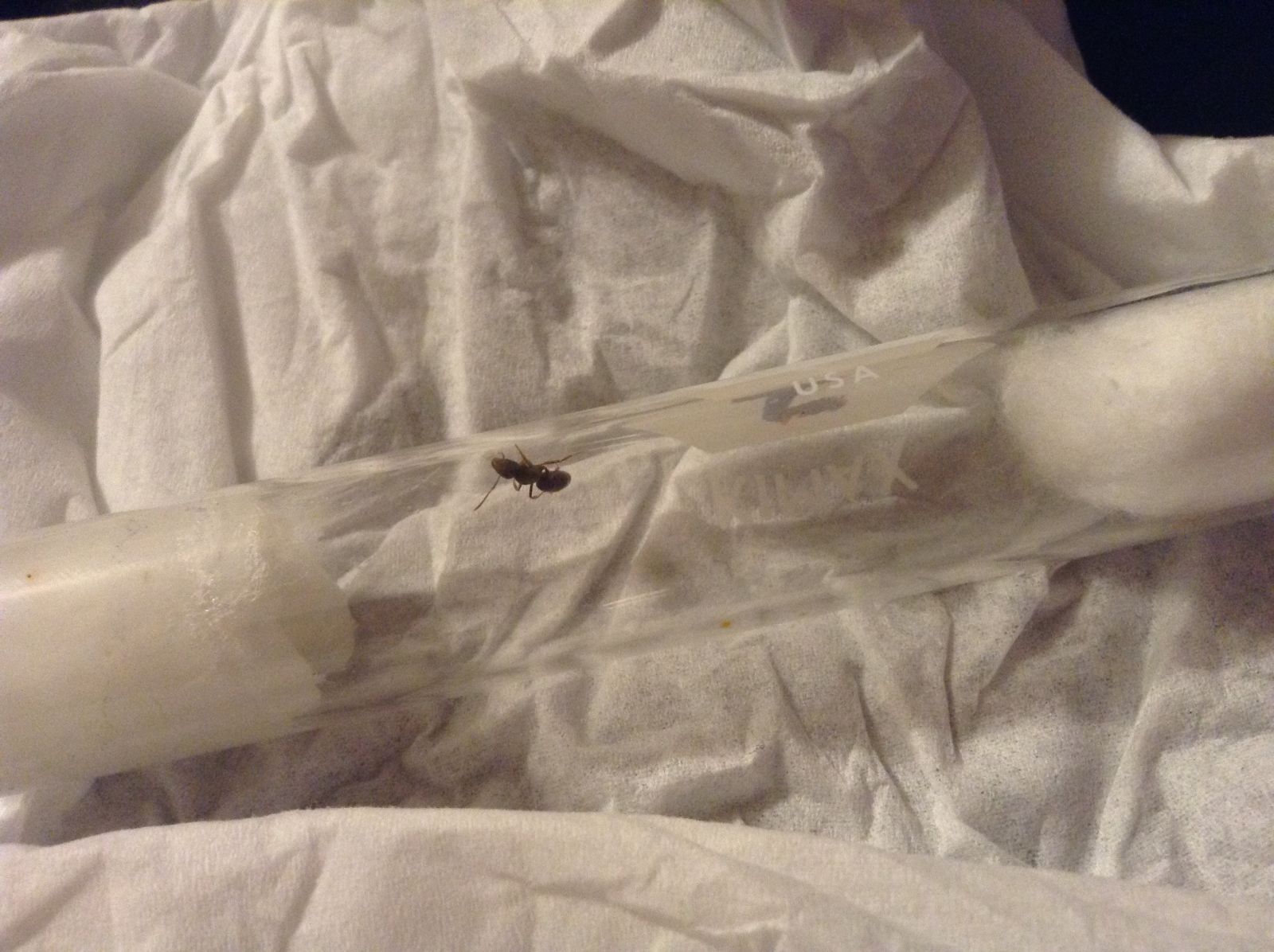1. Location of collection: Southern New York
2.Date of collection: 6/1/17
3. Habitat of collection: Outside wall of my home:near plants
4.Length (head to Gaster): 8-10mm (rough estimate)
5.Color: Fully black
6. Found alone and wandering
I'm pretty sure this is a camponotus pennsylvanicus queen, Just wanted confirmation. Also sorry for the bad pictures.
Thanks,
